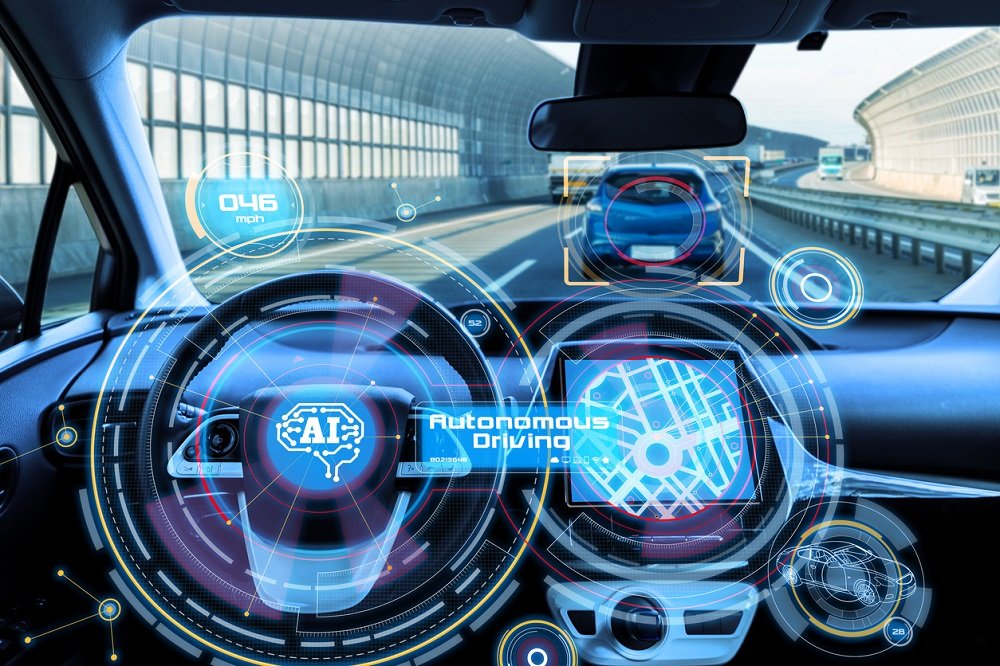
Autonomous vehicles, also known as self-driving cars, are transforming the future of transportation. Powered by artificial intelligence (AI) and sophisticated algorithms, these vehicles have the potential to revolutionize how people and goods move across the globe. The concept of autonomous driving has evolved rapidly over the past decade, with companies like Tesla, Waymo, and Uber at the forefront of this technological advancement. By combining AI, machine learning, computer vision, and sensor technologies, autonomous vehicles are becoming safer, more efficient, and closer to mainstream adoption.
How Autonomous Vehicles Work
At the core of autonomous vehicles is the integration of AI-driven systems that enable them to perceive their surroundings, make decisions, and navigate roads without human intervention. These vehicles use a combination of LIDAR (Light Detection and Ranging), radar, GPS, cameras, and ultrasonic sensors to collect data about the environment in real-time. This data is processed by AI algorithms and machine learning models to understand road conditions, detect obstacles, interpret traffic signs, and predict the behavior of pedestrians and other vehicles.
The entire system functions through multiple layers of autonomous driving technology, with each layer responsible for a specific task. For instance, computer vision allows the vehicle to “see” its surroundings, while sensor fusion combines data from various inputs to create a comprehensive view of the environment. Deep learning algorithms analyze this data and make decisions regarding acceleration, braking, steering, and other critical driving functions. This integrated approach enables self-driving cars to adapt to changing road conditions and make real-time adjustments for safe navigation.
Levels of Autonomous Driving
The Society of Automotive Engineers (SAE) has defined six levels of autonomous driving, ranging from Level 0 (no automation) to Level 5 (full automation). Currently, most autonomous vehicles operate at Level 2 or Level 3, meaning that while the vehicle can handle some driving tasks autonomously, human intervention is still required in certain situations. At Level 5, the vehicle would be fully autonomous, capable of navigating any environment without human input.
Benefits of Autonomous Vehicles
Autonomous vehicles offer numerous benefits, which is why they are seen as the future of transportation.
- Increased Safety: One of the most significant advantages of self-driving cars is the potential to drastically reduce accidents caused by human error. Since AI systems are not prone to distractions, fatigue, or impaired judgment, autonomous vehicles can make safer decisions, particularly in high-risk situations. According to the National Highway Traffic Safety Administration (NHTSA), 94% of road accidents are caused by human errors, and self-driving technology could reduce this significantly.
- Traffic Efficiency: AI-driven transport solutions can optimize traffic flow, reduce congestion, and improve fuel efficiency. Autonomous vehicles are capable of communicating with each other and responding to traffic conditions more quickly than human drivers, leading to smoother traffic management and reducing the likelihood of traffic jams.
- Environmental Benefits: By optimizing routes and driving patterns, self-driving cars can help reduce fuel consumption and lower carbon emissions. Additionally, the shift towards electric autonomous vehicles further enhances their environmental impact by reducing the reliance on fossil fuels.
- Increased Mobility: Autonomous driving technology has the potential to provide mobility solutions for individuals who are unable to drive, such as the elderly, disabled, or those without a driver’s license. Self-driving cars can offer these individuals increased independence and access to transportation.
- Economic Efficiency: The use of autonomous vehicles in logistics and delivery services could lead to cost savings and greater efficiency. For instance, self-driving trucks and delivery drones can operate around the clock, reducing labor costs and optimizing delivery times.
Challenges and Ethical Considerations
Despite the many advantages of autonomous driving, there are several challenges that need to be addressed before self-driving cars become a common sight on our roads.
- Regulation and Legislation: The development of self-driving technology is outpacing regulatory frameworks, and there is a need for updated laws and standards to ensure the safe operation of autonomous vehicles on public roads.
- Safety Concerns: While AI-driven vehicles can reduce accidents caused by human error, there are still safety concerns surrounding their interaction with human-driven cars, pedestrians, and unexpected road conditions. Autonomous systems must be able to handle complex driving scenarios safely.
- Ethical Dilemmas: Autonomous vehicles also raise ethical questions, such as how a self-driving car should respond in unavoidable crash situations. Should the vehicle prioritize the safety of its passengers or pedestrians?
- Job Displacement: The widespread adoption of AI-driven transport solutions could result in job losses, particularly in industries like trucking, delivery services, and ride-hailing.
Autonomous vehicles represent the future of transportation, offering safer, more efficient, and environmentally friendly solutions for moving people and goods. As AI-driven transport solutions continue to evolve, they will reshape industries and everyday life. However, addressing regulatory, safety, and ethical concerns is crucial to their widespread acceptance. With the right framework in place, autonomous vehicles can unlock a new era of mobility, revolutionizing how we navigate the world.



